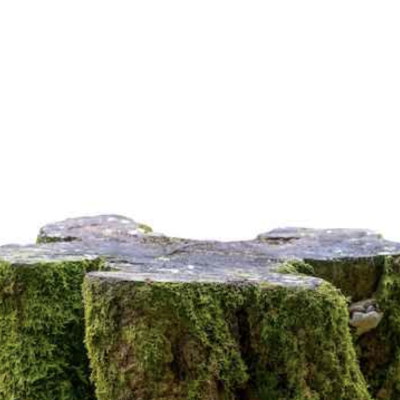The Clarion-Clipperton Zone (CCZ) in the Pacific Ocean may soon become a site for deep-sea mining. However, a recent study has revealed that thousands of unknown species living in the area could be threatened by human resource extraction. The industry has been increasingly focused on the deep sea in recent years due to the large amounts of metals such as iron and manganese found there. However, the risks of mining for the local ecosystem have not been thoroughly examined. The Natural History Museum conducted a study on the CCZ, which is located between Mexico and Hawaii, and found that deep-sea mining could potentially endanger thousands of unknown species.
The research team conducted a comprehensive screening of all available information from scientific expeditions to the CCZ, cataloguing the species found. They discovered that there are 578 different species living in the CCZ, of which the majority (92%) were previously unknown and only had temporary names. Only a tiny fraction of the new species, specifically six, including a sea urchin, a nematode, and a carnivorous sponge, have been sighted in other areas. The majority of the diversity is made up of arthropods, worms, echinoderms, and sponges, which can form complex communities. The authors suspect that the discovered biological diversity in the CCZ is only the visible extent of the species diversity, and that the total number of undiscovered species in the area could be between 6,000 and 8,000.
The regulation of mining in the CCZ is the responsibility of the International Seabed Authority, an intergovernmental body with 167 member countries. Although mining licenses have already been issued, commercial exploitation has not yet begun. While initial sampling has been conducted to assess the feasibility of mining, the global community has not yet established uniform guidelines for extraction, which has prevented extensive mining activity. The authors of the study emphasize the importance of understanding these previously unexplored habitats, especially in light of the impending threat of mining.










